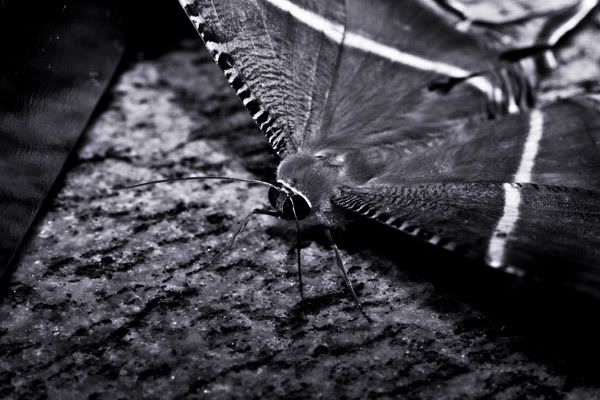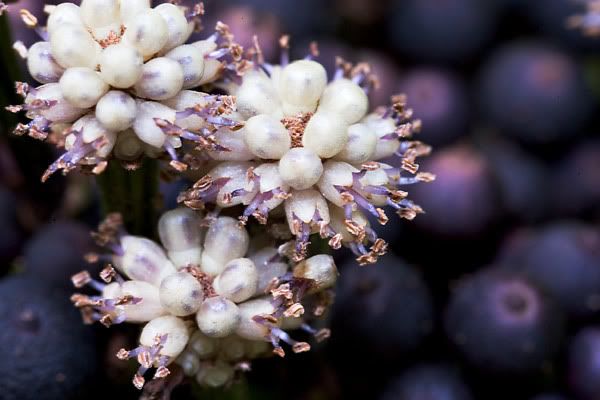This is of course still a photoblog and I will continue to provide photographic tips that I think will be helpful to all of you. This is a continuation of PIME 7 from the 12framejourney blog and will cover a) Making great shots in boring locations and b) Planning your shots. As a side note, you might notice that the left side of this blog is still a little empty, mainly because I don't really have anything to put in there right now. I thought about it and realised I don't have anything suitable, or rather that I find fits into the overall design of the blog. I was initially thinking of making the design 100% anime related, but I feel that I should put in some elements related to photography as well(ie. some of my images, thanks Xu for the reminder). After thinking for a bit, I decided that I should shoot a series solely for the purpose of creating a sidebar for this blog's design and after some thought, I got the creative juices going and I know exactly what I want to do now. Generally, I will be procuring a Lomo Supersampler and having some fun with all of you; my friends! Heh. I'll probably have to get it done after my exams, maybe? Yes, no, I don't know hehe. The sooner the better? Maybe before, hmmm. Think 36 cross processed fun rubbish shots. Sweet. Well anyway, on to PIME 7.
3. Making great shots in boring locations
Typically, what I like to do is to make great shots in "boring" Singapore, because anyone can make a gorgeous photo of Mount Fuji, but can you make an equally powerful image of East Coast Park, for instance? The obvious answer is you can, but it is not as easy as making the gorgeous photo of mount Fuji. The problem with shooting images of tourist attractions(think Esplanade) is that EVERYONE has the same photo, because undeniably, it looks great at certain angles. In making my personal image of the Esplanade, I spent 4 months searching for a fresh approach before I finally found it. No one did it before, but consequently I also spent much more time looking for such an angle.
Picking a more mundane subject like a random beach or park forces you to think creatively and to find ways to bring out the beauty of the subject. As I said before, every subject has an element of beauty in it, and it's up to the photographer to "see" it. Nevertheless, do not force yourself to see, for only inspired photos can be truly great. If a trash can is simply a trash can to you, do not try to make great art out of it, it won't happen. However, as a disciplined photographic exercise, try this; Lock yourself in the bathroom for 1 hour and using that time, produce an image every minute. Every image must have a different subject or approach a subject from a different angle. This will help you to develop your "seeing" eye for photography. Under no circumstances can you give up during this exercise, or the whole experiment will be rendered void. Force yourself to churn out the images. The late Henri Cartier-Bresson used to shoot 1 roll of film a day, but left many of them unprocessed. The whole point is to sharpen your photographic eye through practice, such that you "see" much, but you only photograph what is great.
Fundamentally, there are 4 things that are usually present in all great photographs in some combination or other. Most of the time, there are at least 2 out of these 4 things that are present in them. 99.9% of the time, there is at least 1.
The first thing is Colour, or in the case of black and white images, contrasting tones. Contrasting colours/tones help to create vibrancy in images and this is what first jumps out at someone when they look at an image. It creates initial impact. A flat image, simply put, is boring and does not grab your attention in the slightest. What good is brilliant composition if the person will just gloss over it before looking at it in detail. This is generally what creates the wow factor. Contrast aids in creating "drama" in an image, simply because the image looks more 3d.
The second thing is also related to drama, and that is perspective. Great images often offer a unique perspective, that people normally overlook. This also aids in grabbing attention and creating impact. To have great perspective, this is often limited by your personal creativity, for this will determine how far your personal perspective deviates from the norm. For instance, a high perspective can make your subject look vulnerable, or curious, while a low one can make your subject look imposing. A photographer must thus decide what perspective would bring out his/her intentions best and use that perspective. There are dozens and dozens of different perspectives that can be used, which is why sometimes photographers buy a particular lens for a specialised perspective that the lens gives. I'm a great fan of the diagonal fisheye perspective, which exaggerates distance between objects, but others swear by a compressed telephoto perspective, which compresses subjects and makes them look more flat. Personal likings will develop, but ultimately, there will be occasions where I feel that another perspective works better. You can therefore never be constrained by a single perspective and knowing the right one can often turn a drab photo into a stunning one.
The third thing is shape. Often, shapes are present everywhere in our world. For instance, the roof of a house may be a triangle, or windows may be squares or rectangles. Shapes often can be used to great effect, but this largely depends on the photographer's ability to see these shapes in the first place. Consider the image below, can you spot the triangles therein?

Circles?

The last and final thing is patterns. Patterns occur everywhere in our world as well and, like shape, it is up to the photographer to locate them. Patterns, like shapes, are often good subjects of interest or complement a drab main subject well, bring out the contrast between the drab and the dynamism of the pattern. The image above also contains a pattern in the background if you look carefully. This helps to bring out the dull white flowers of the plant well via contrast.
4. Planning your shots.
There is definitely room for dynamism in images and often, this is what photography is all about; reacting to situations to capture the "decisive moment" or "moment la decisif", as coined by street shooting master Cartier-Bresson. However, great shots can often be planned as well and this often results in the "perfect" image; presenting the subject at it's best and showing clearly what you, as the photographer, wanted to bring out of the subject.
For those of you that have accompanied me on "sunset" shoots, you would know that I arrive at the location 1 hour early, find the best composition and park myself there until the right time when the light is best. I then snap several images as the light changes and usually go home with a grand total of 1 image. This is planned shooting. I decided on the subject, and sometimes composition, beforehand and went to the area specifically to shoot a single image when the light was the best. Such planning enables you to achieve more focus with your images. However, you must have a clear vision of what you want. There is no "see what can shoot then shoot lor" in photography. This makes mediocre images. Great ones are usually planned for or captured by quick reaction brought about as the camera becomes an extension of the eye.
Even for street shooting, the great masters often pick a background and wait for exactly the right circumstance to happen before they release the shutter. Walking around is actually a bad photographic habit, but many photographers, including myself, are often guilty of it because we lack the patience to stay at a particular spot for hours on end, not knowing when, or if, the right circumstance will happen. I have only just begun to wait for the right moment in my street shooting, but that is why I am still very much an amateur. Singaporeans are especially guilty of this, because of our hectic lifestyles, our photography is hectic as well. It can't be rushed. This is fundamentally a limitation of photography, unlike oil on canvas artists, we cannot create from scratch, but rather can only modify an existing scene at best. Though we can modify it greatly, we cannot create what doesn't exist at some level in the first place. Thus, we must wait for what we want to happen to happen in reality before we can capture it. Patience and vision is therefore the key to great imaging.
I hope all this helps, keep shooting!

